100 Leica M9 weddings by Leica Photographer Philip Thomas
Over 100 Leica weddings have come and gone since I shot my first wedding with a Leica M9 and a Leica M(240). This post is not for readers interested in a review of Leica gear. Instead, it’s more about how I feel when I use it and how it’s shaped my approach to taking photos. Perhaps even making me a better photographer for it.
The small non-intimidating cameras have allowed me to go about my wedding work as unobtrusively as possible and not be seen as the ‘professional photographer. Like a street shooter, I don’t want to draw attention to myself. Couples are booking me know in advance my philosophical approach, and the idea of a photographer not directing their day has a strong appeal. It’s not just opened my mind up to a patient way of seeing, capturing moments and geometry, but how I carry myself throughout a wedding.
As a photographer for over 20 years, I’ve always been interested in Leica’s history. When I first got my hands on a Leica six years ago, I knew from that moment somehow I had to get one without breaking the bank. Discussing this with my wife’s approval was part of the deal. My first camera was the M9 with a 35mm f1.4 summilux, and from that point on, I was hooked. Over 100 weddings later, the M9 and Leica M240 are an integral part of my wedding day, along with a few lenses. A 1957 M3 is also part of my gear.
My philosophy for shooting weddings is to react to and anticipate moments throughout a wedding day. I take a few quick group shots. Besides, I capture the day unobtrusively, avoiding those done-and-dusted wedding cliches. People ignore me because the Leica is so small, no one takes any notice, and Uncle Bob’s, the often annoying camera enthusiasts at every wedding, do not approach. Compared to lifting a giant SLR to my eye certainly gets people’s attention and unobtrusiveness is certainly not part of the vocabulary. Of course, none of this can be achieved without the appropriate body language throughout the long day shoot.
My reasons why I use a rangefinder are multiple. Along with the apparent history and inspiration using Leica, my mind has opened up to a world that I didn’t always see before, and I firmly believe that as a work in progress, my images are more potent. The entire manual focus (yes, I can focus more often than not quicker manually than autofocus) and the simplicity of shutter and aperture give me complete control over the final images.
If I mess up, then I cannot blame the camera. It’s essential aperture and shutter operation. My eye pre-visualizes the type of images I want to create vs. the former method of shooting a DSLR and reacting to everything. Then the momentary blackness of the shutter closing may mean missing the shot entirely. With the rangefinder, I don’t miss anything other than the occasional physical finger action not exceptionally paired with my brain.
I rarely look at or monkey-chimp the reviews after each shot, or if I do, it’s just to check the histogram. My mind already has the image before pressing the shutter. It’s shooting with purpose versus the temptation to machine gun images that an SLR offers. Sure, you can shoot multiple pictures at a slower burst rate, but that’s not what the Leica has been designed for; it’s more of a cerebral, thoughtful approach. This all takes practice to get efficient. A recent wedding client, a Leica enthusiast, was kind to marvel at how quickly I could focus and shoot their images on par with an SLR, just not wasting files and space on a card with multiple shots that look the same.
I often shoot a full day’s wedding armed with just two Leicas, an M10, and an M6, using just available light. This approach works wonders for my aging back and keeps me agile on my toes without having to drag a heavy bag around. I’ve always been a massive fan of Henri Cartier-Bresson, who not only used a Leica and a 50mm lens but marveled at how, in his documentary films that remain how he moved around like a cat on tiptoes.
There are many incredible rangefinder-type cameras today compared to just five to ten years ago. The final image is still the most important, not the camera. But the tools to make that image surely can inspire and motivate you to take your passion and craft to the top. For me, those sublime Leica lenses and little cameras do the trick. The Leica enables me to concentrate on the subject, and my consciousness is focused on the decisive moment, not what menu option I should have.
Here’s a selection of 2014/2015 shots with a Leica M(240) and a Leica M9.
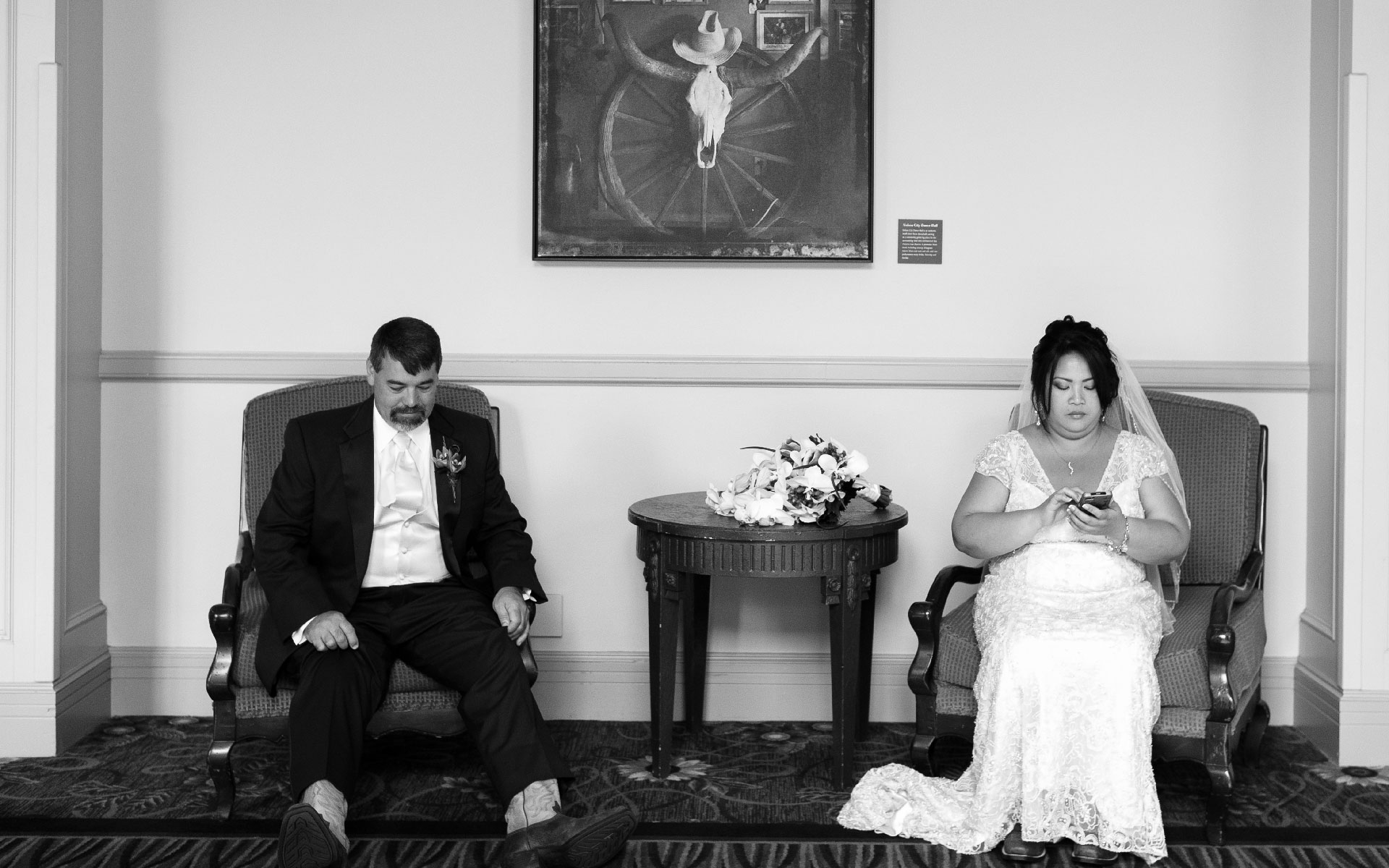
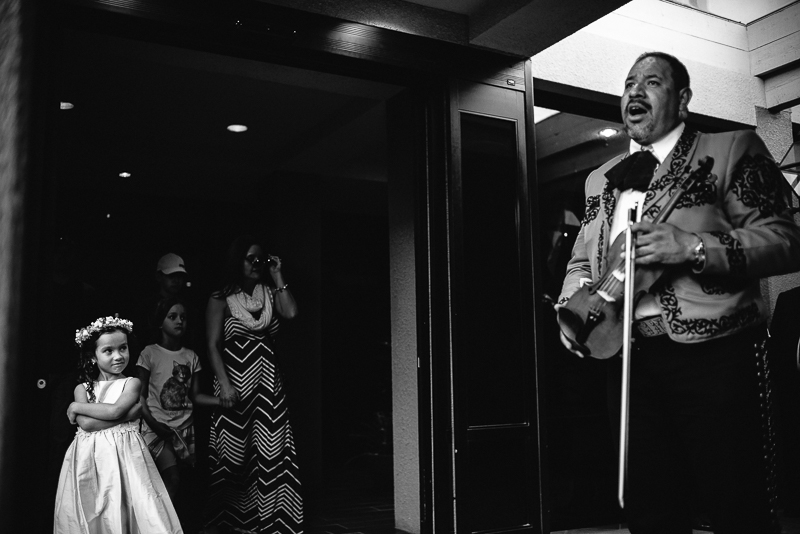
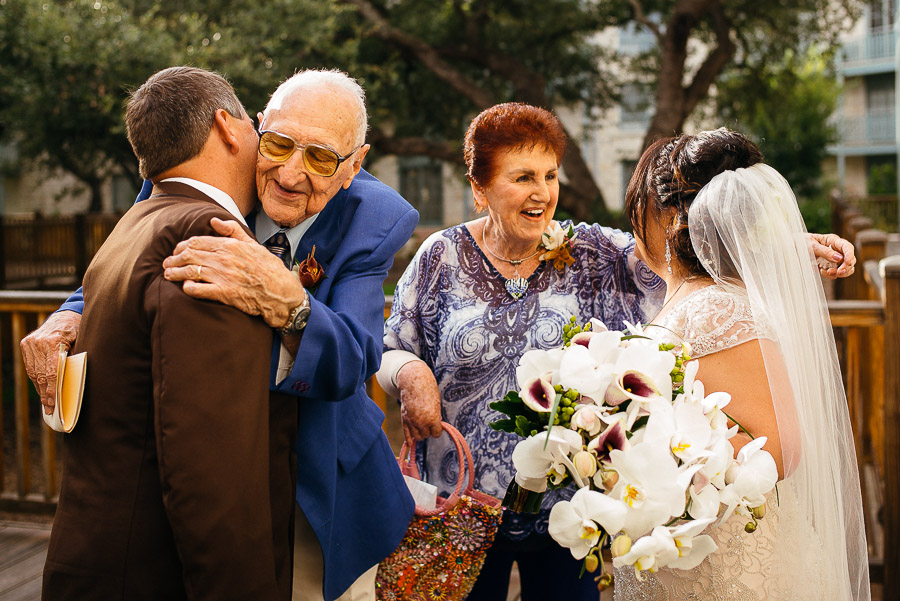
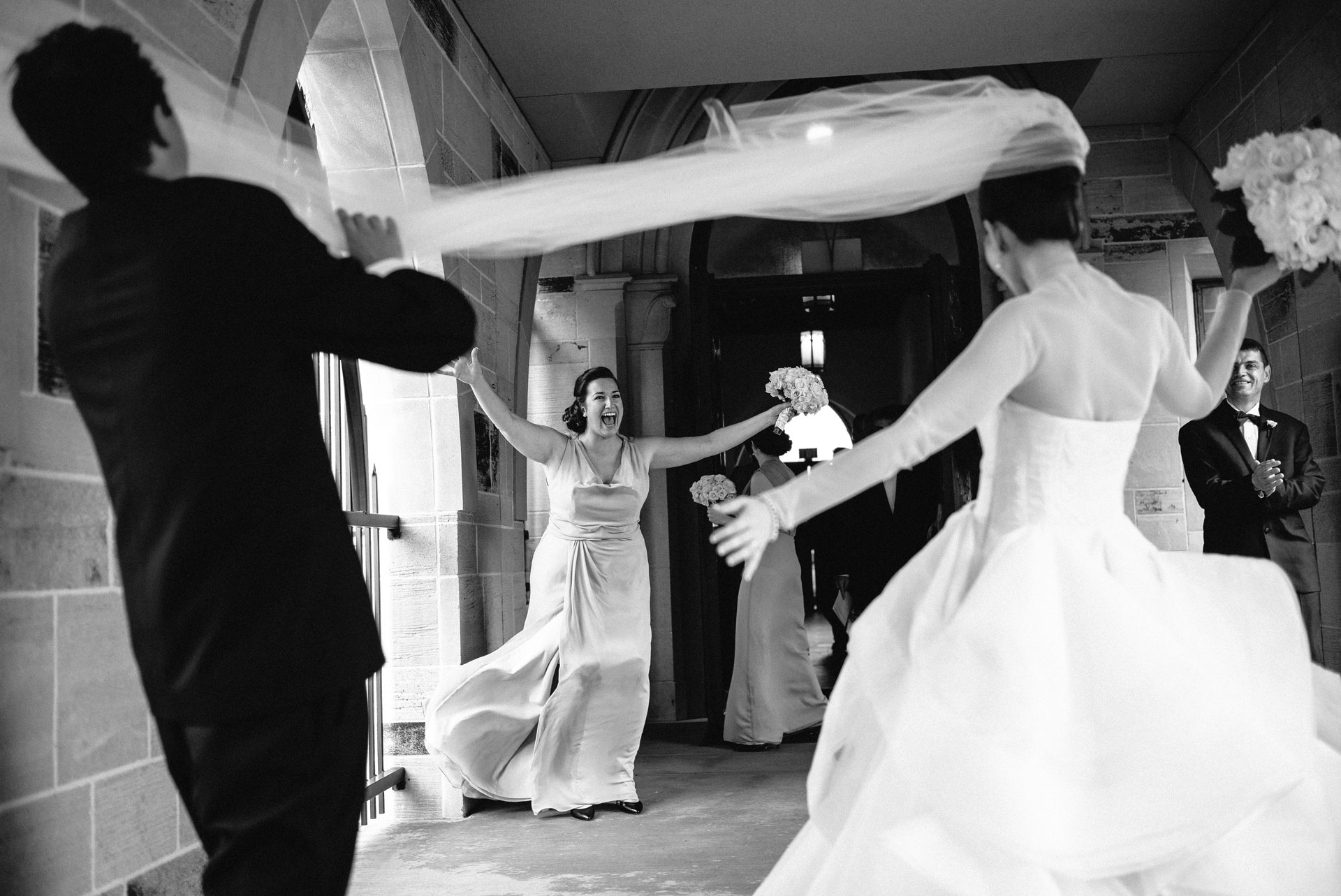
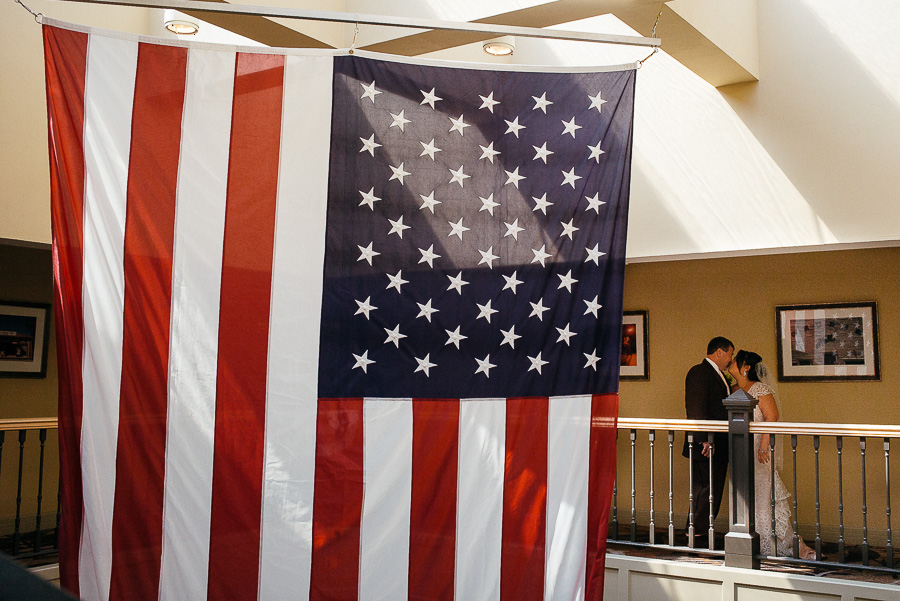
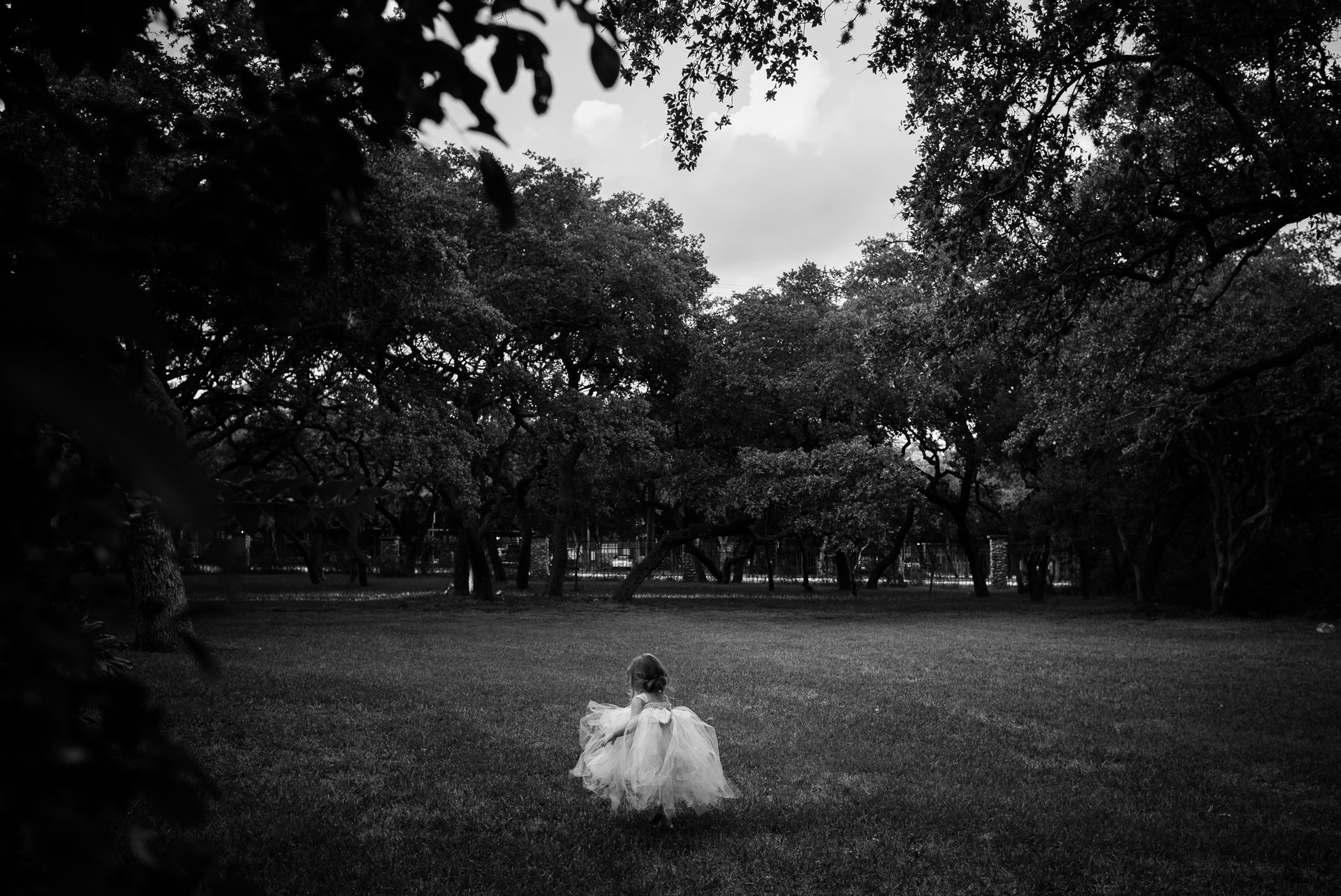
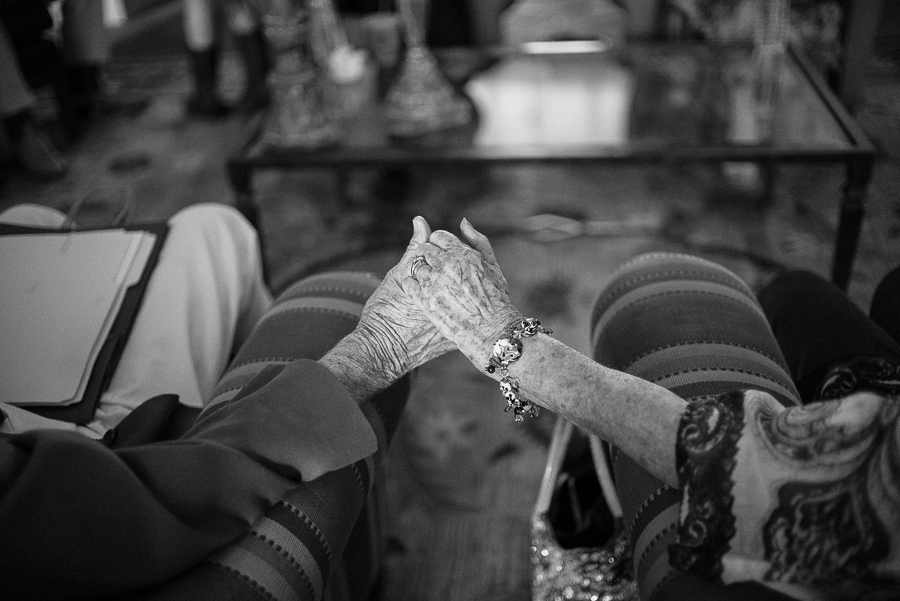
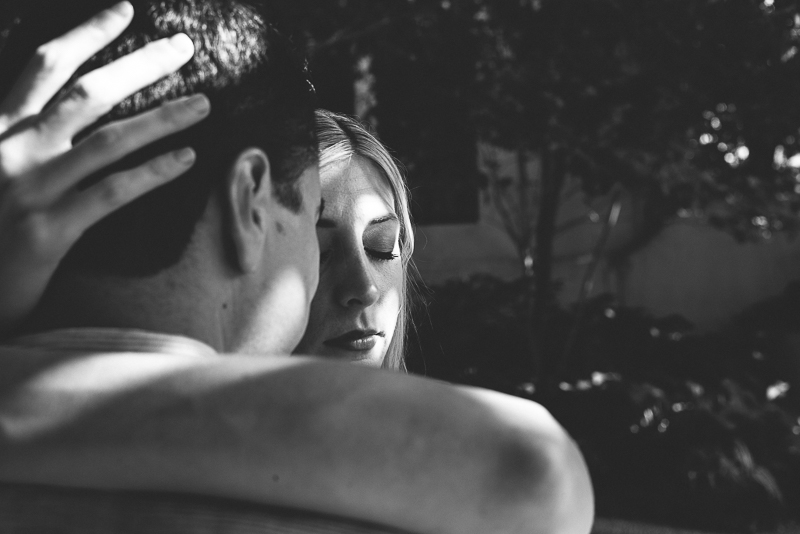
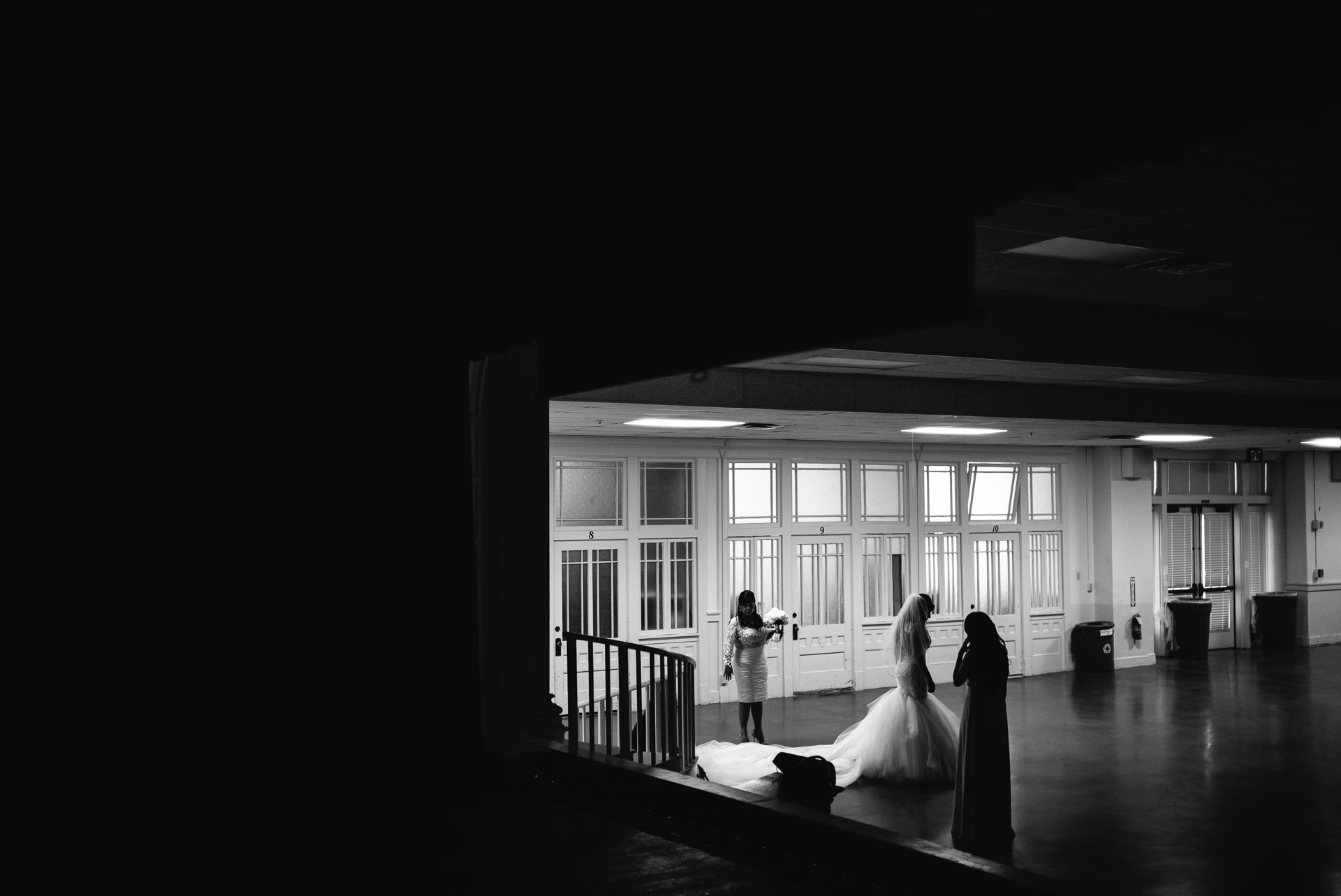
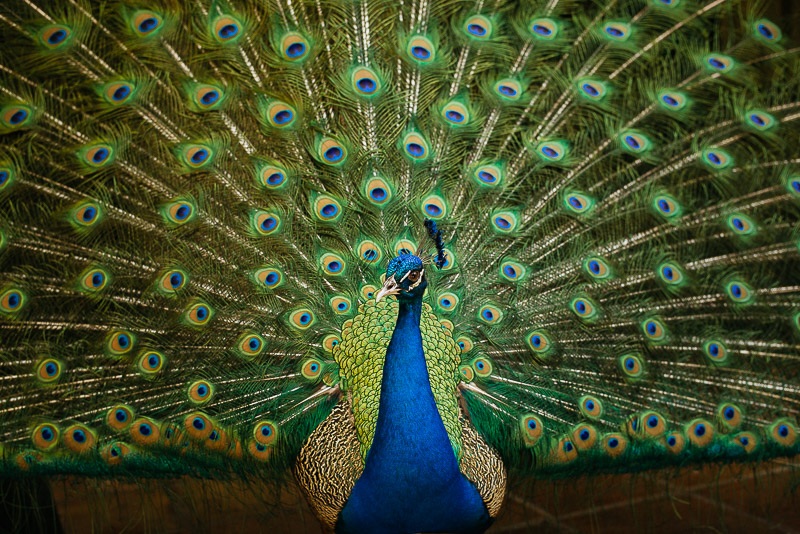
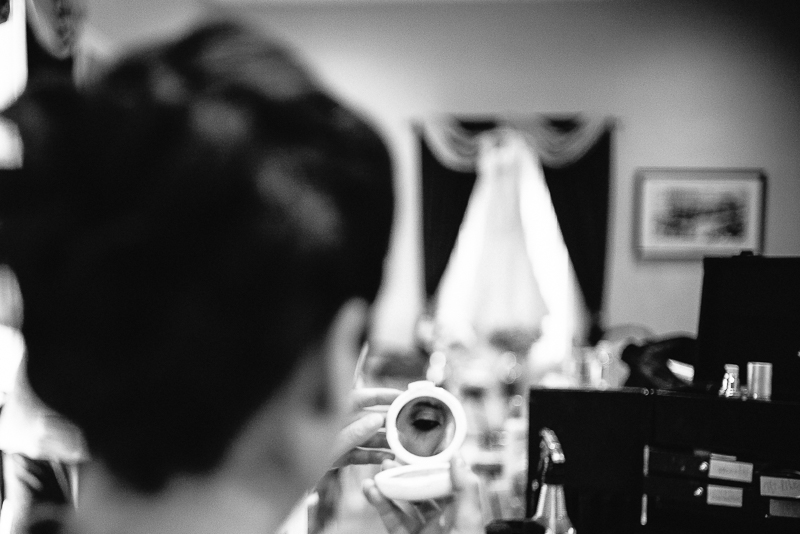
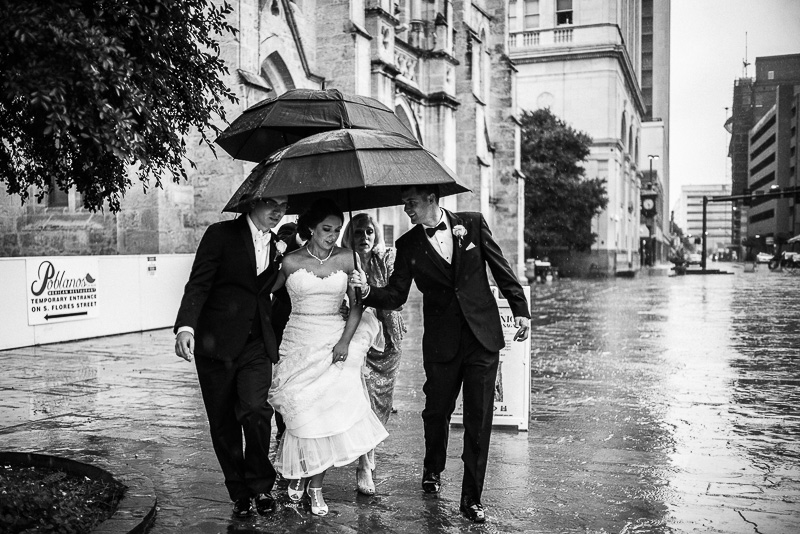
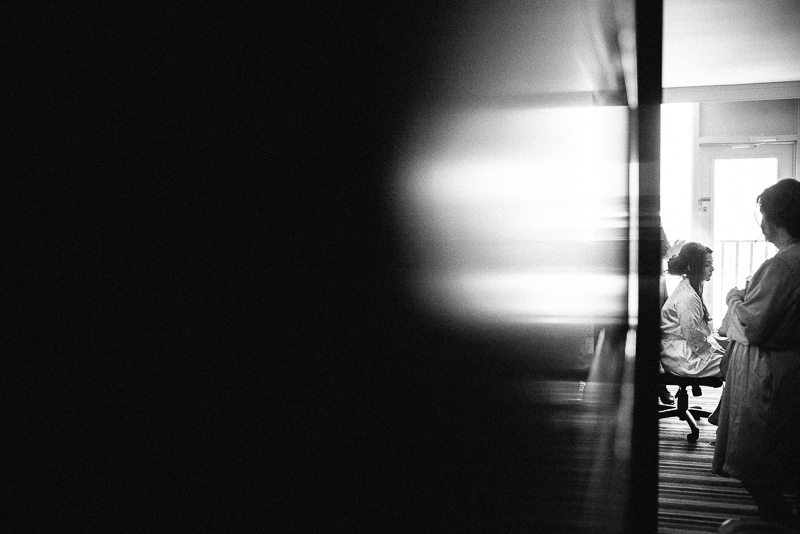
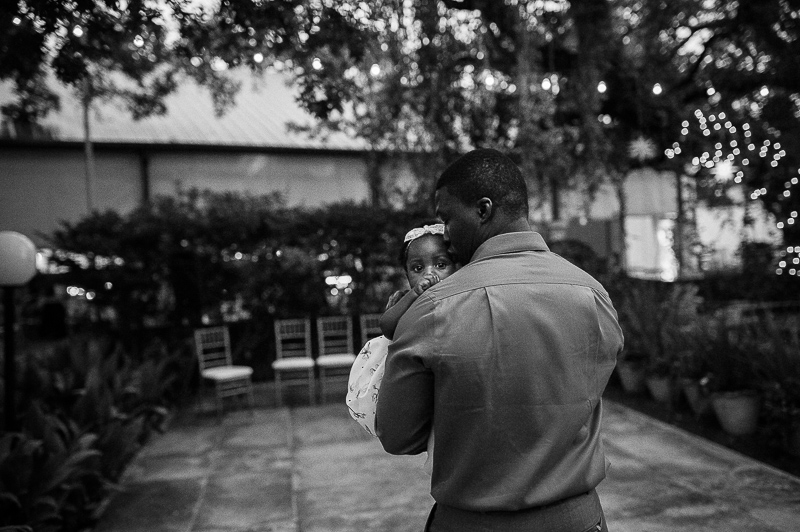
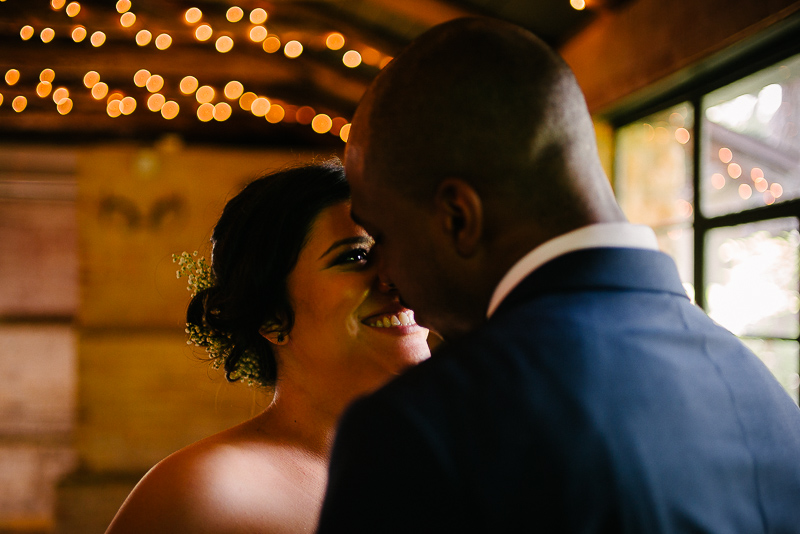
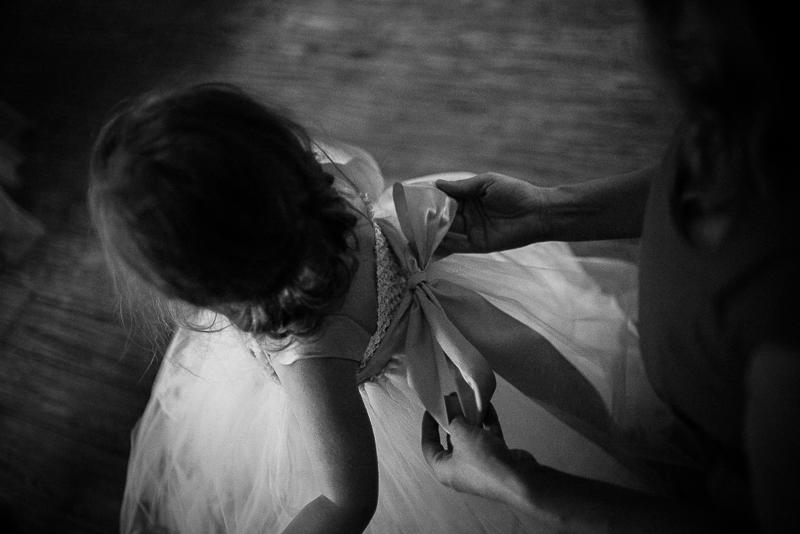
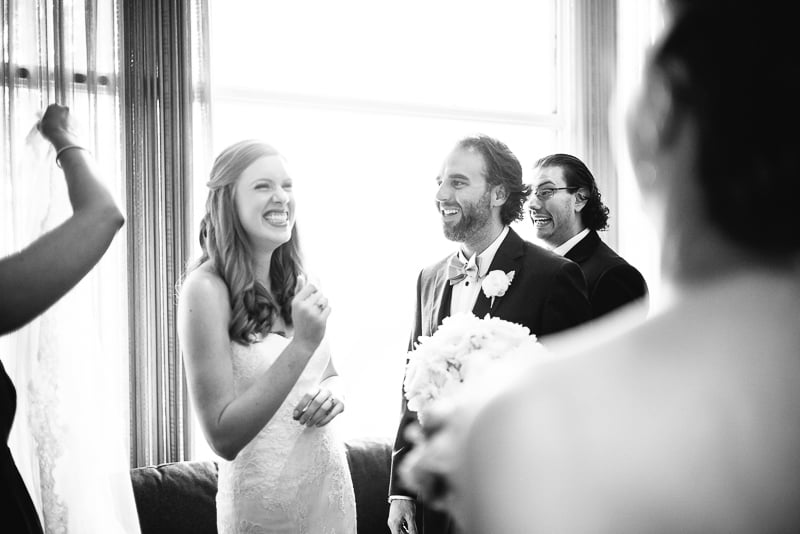
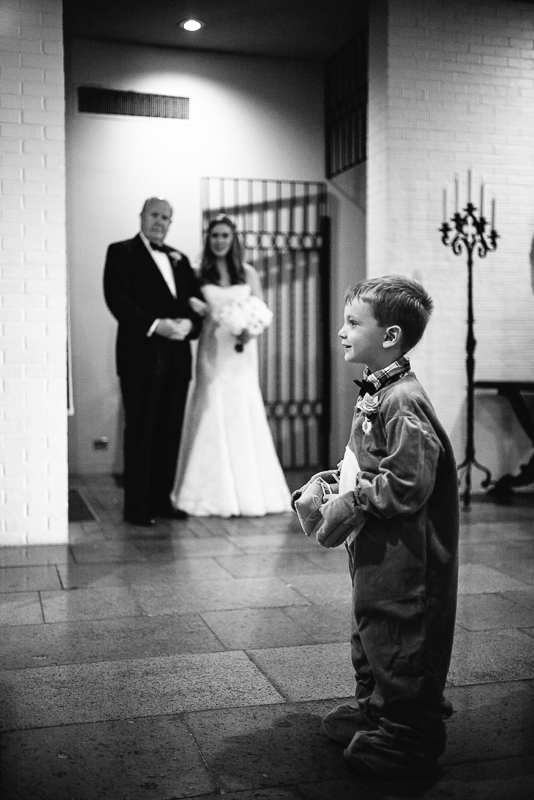
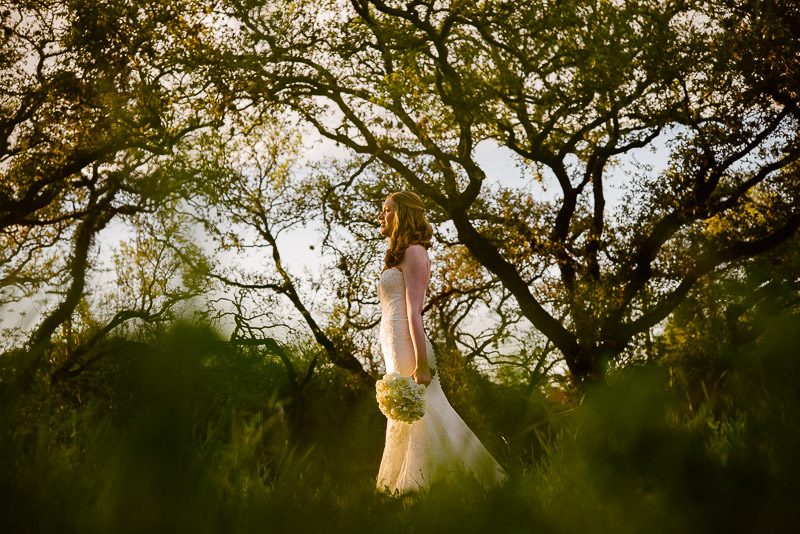
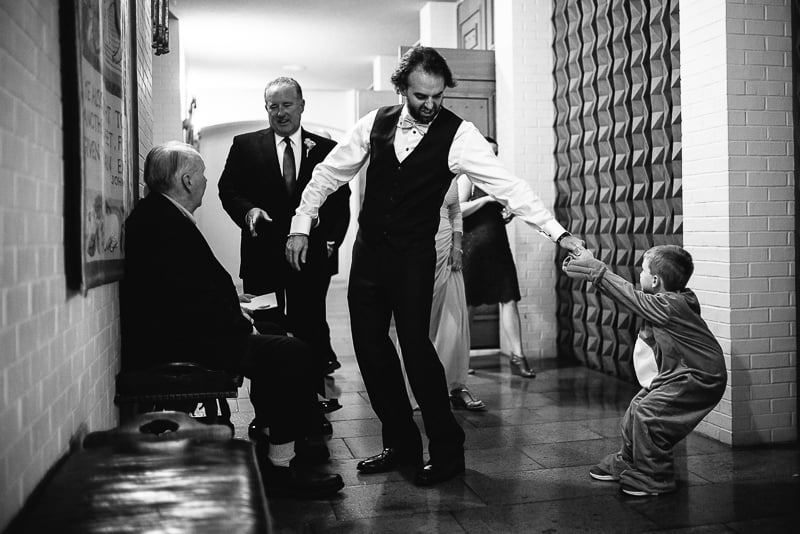
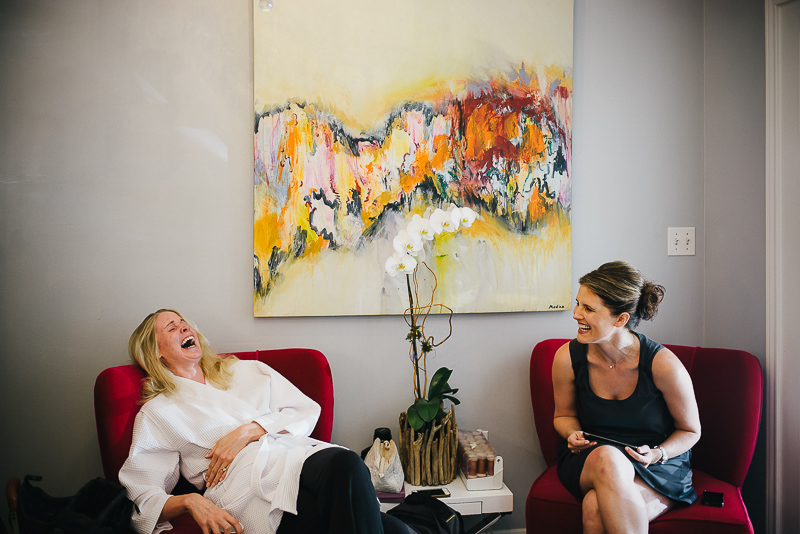
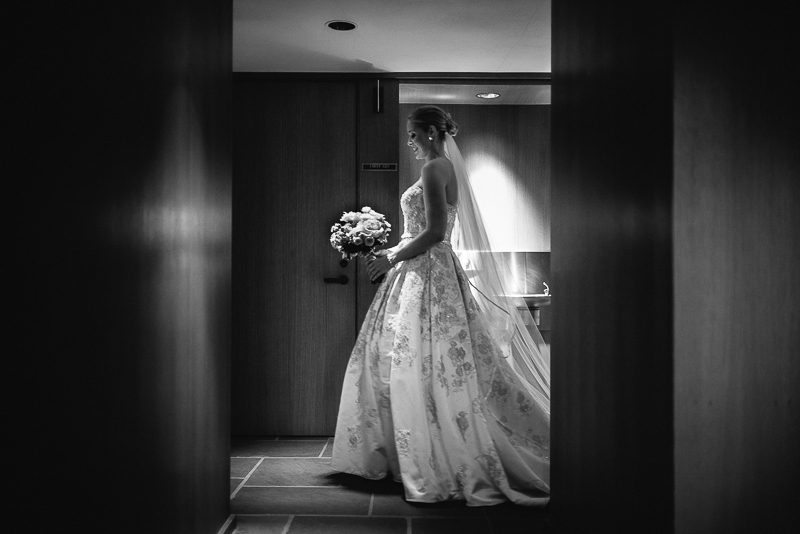
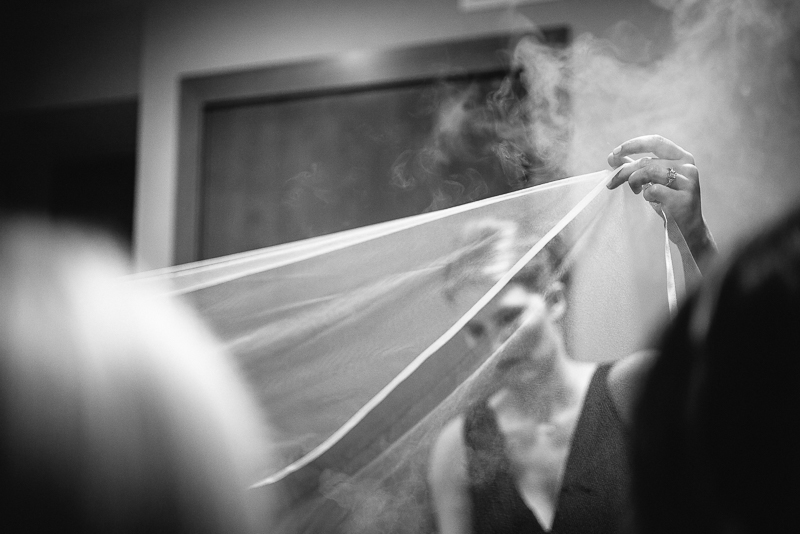
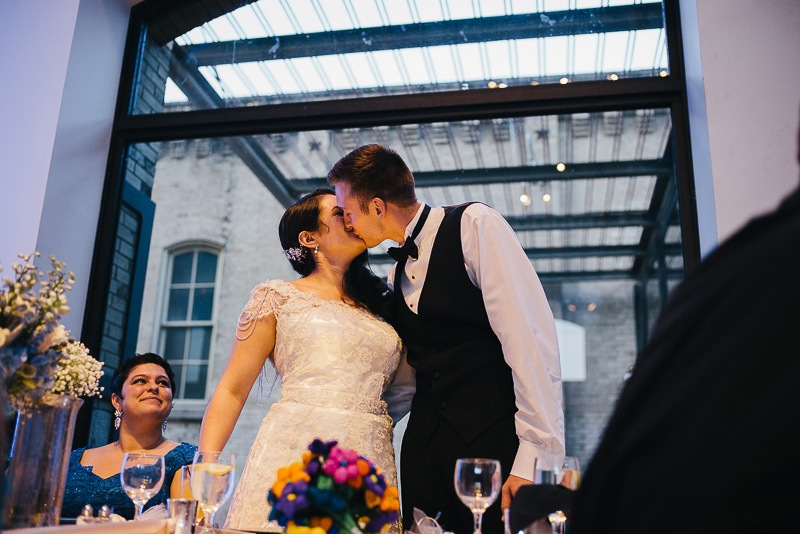
2 responses to “100 Leica M + M9 weddings by Leica Photographer Philip Thomas”
-
Simon – They are great. I recommend to get a used M10 – the first version or the M10-P / M10-R – even better and incorporate into you work flow.
-
That’s a lovely collection of photographs. Really tempted by the Leica way of working
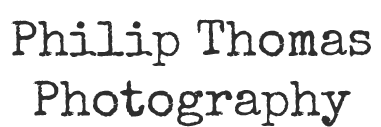
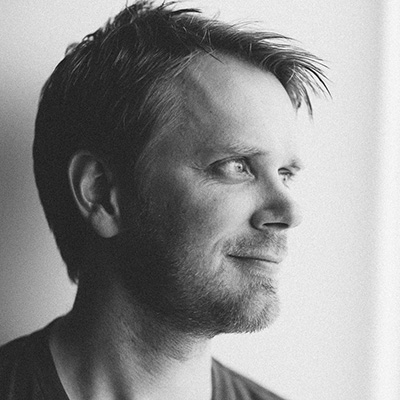
Leave a Reply
You must be logged in to post a comment.